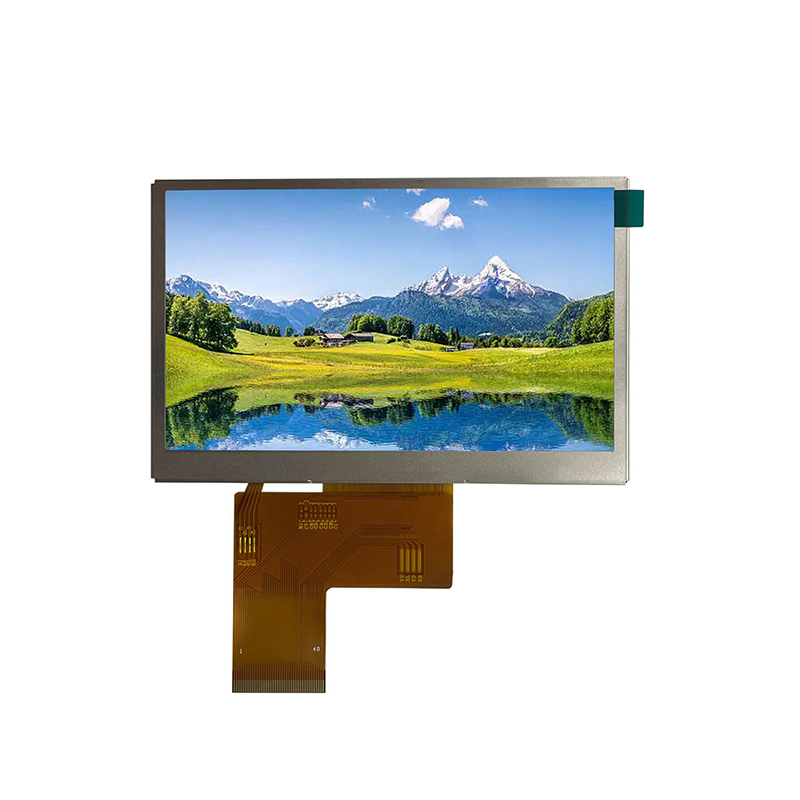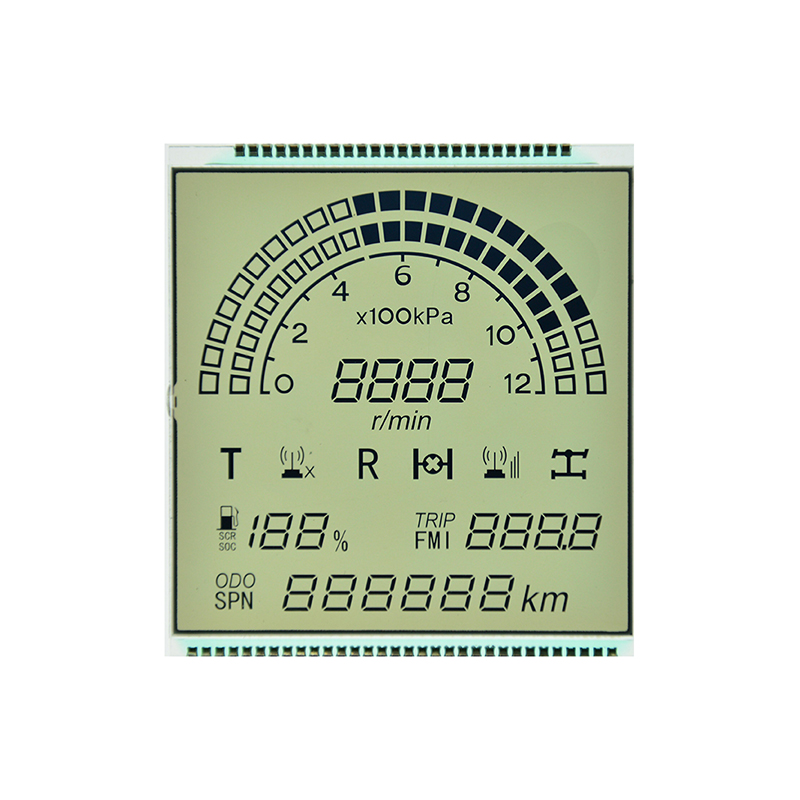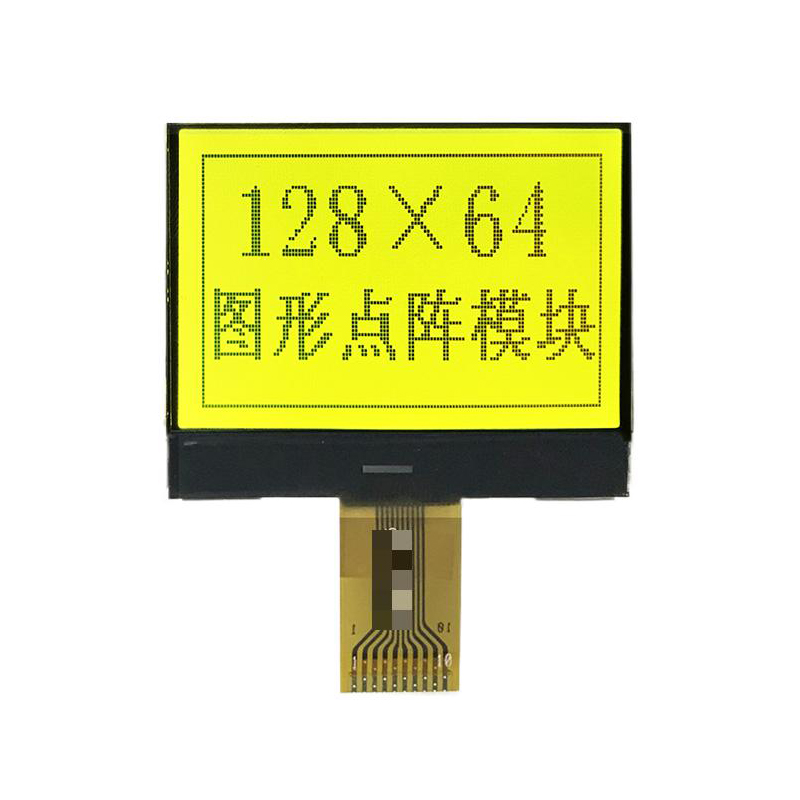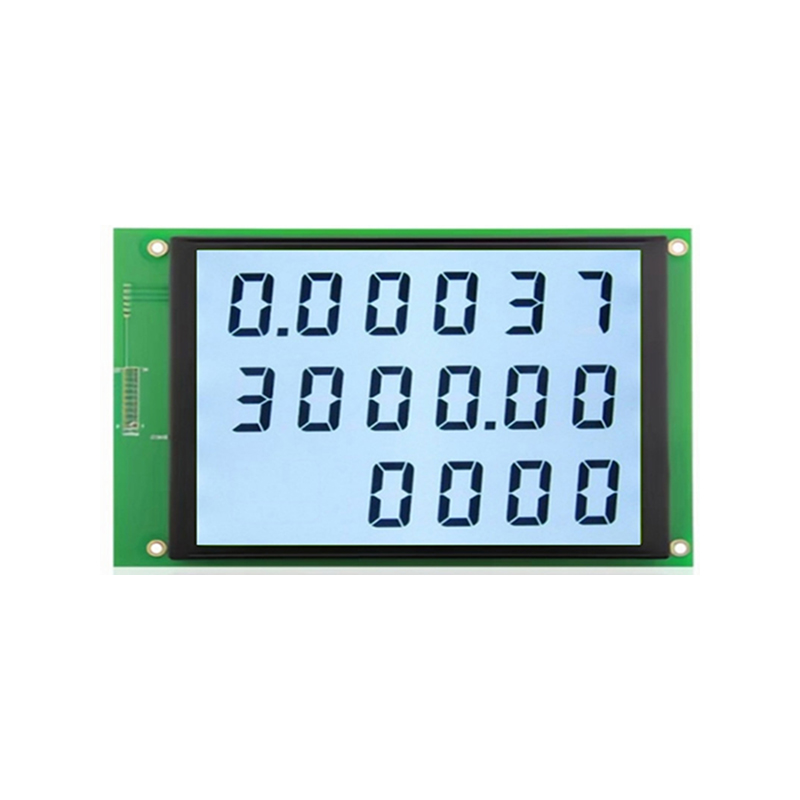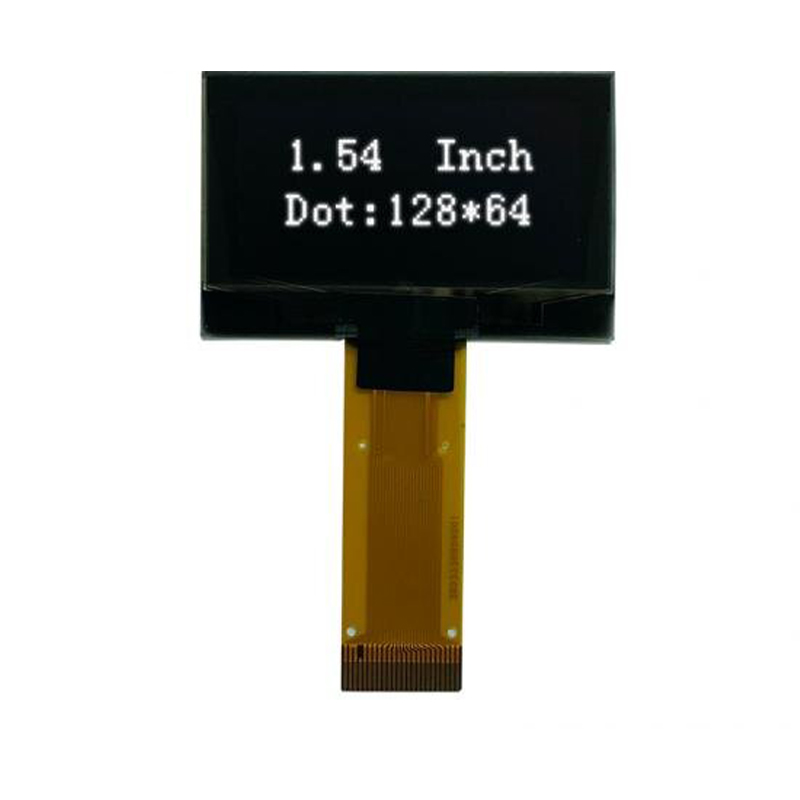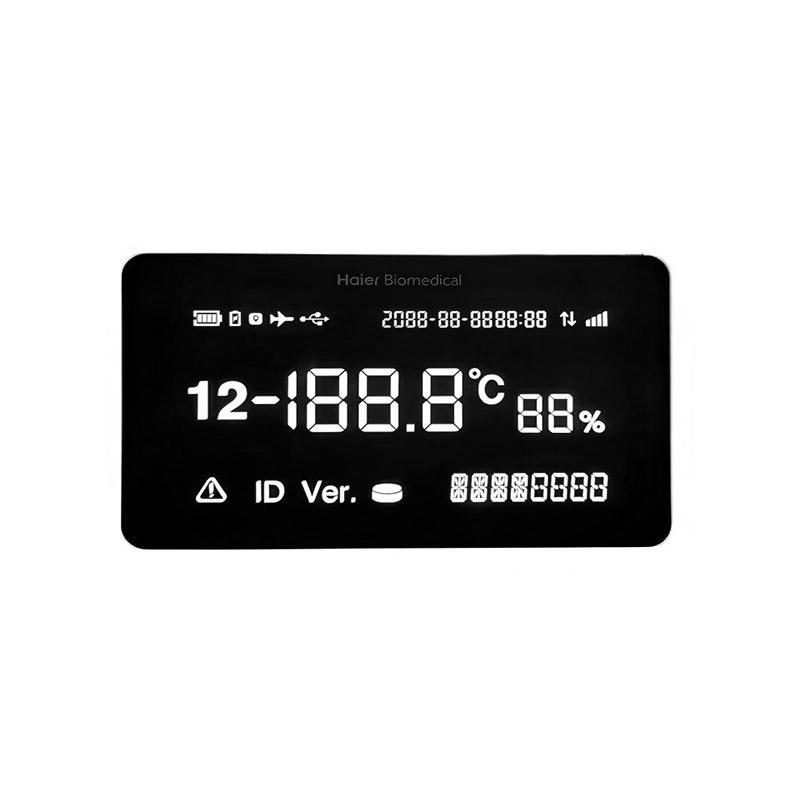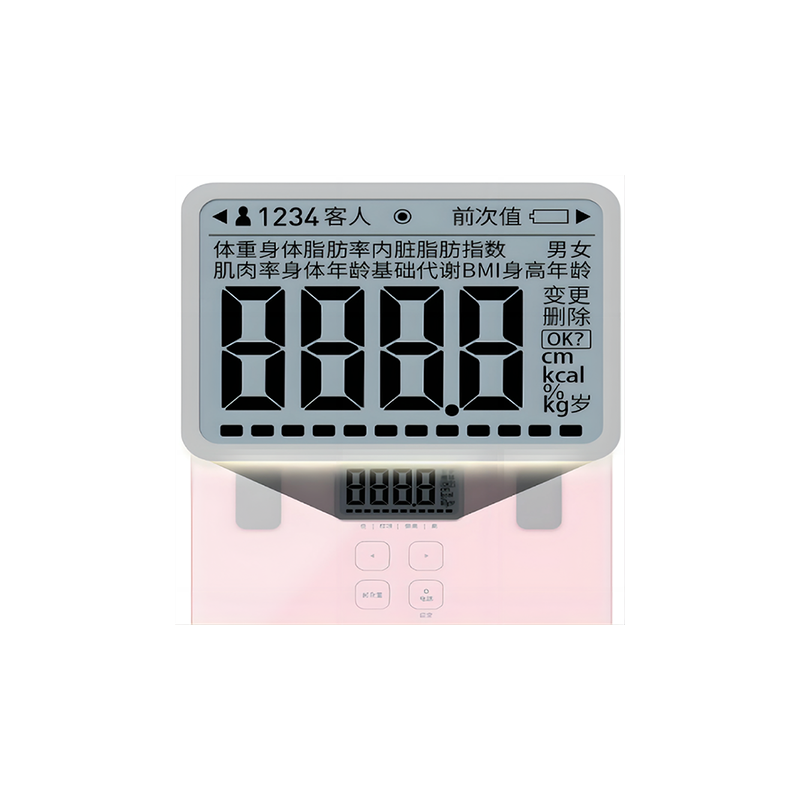
This comprehensive guide explores the intricacies of reflective LCD technology, covering its applications, advantages, disadvantages, and key considerations for selection. We'll delve into the technical aspects, compare different types, and help you determine the best reflective LCD solution for your specific needs.
Unlike transmissive LCDs which require a backlight, a reflective LCD utilizes ambient light to illuminate the display. This light reflects off a reflector layer behind the liquid crystal layer, resulting in a visible image. This characteristic makes them significantly more energy-efficient and offers better visibility in bright sunlight.
Reflective LCD displays boast several compelling advantages:
The absence of a backlight makes reflective LCDs exceptionally energy-efficient, extending battery life in portable devices and reducing overall power consumption.
Their ability to reflect ambient light provides excellent readability even in direct sunlight, a significant advantage over transmissive displays in outdoor applications.
Depending on the design and surface treatment, reflective LCDs can exhibit reduced glare compared to transmissive counterparts, enhancing visual comfort.
While offering significant benefits, reflective LCDs also present some limitations:
Generally, reflective LCDs offer a lower contrast ratio than transmissive LCDs, leading to less vibrant and saturated colors in low-light conditions. The contrast ratio is dependent on the ambient light conditions; brighter light leads to better contrast.
The brightness of a reflective LCD is entirely dependent on the available ambient light. In very dark environments, the display may become difficult to see.
The viewing angles can sometimes be more limited compared to transmissive LCDs. The specific viewing angle will depend on the design and manufacturing processes.
Several variations of reflective LCD technology exist, each with its unique characteristics and applications:
These are a common type, offering a good balance of performance and cost-effectiveness.
IPS reflective LCDs often provide wider viewing angles and improved color reproduction compared to TN types.
Ongoing research and development continue to refine reflective LCD technology, introducing new variations with enhanced performance and functionalities. Companies like Dalian Eastern Display Co., Ltd. (https://www.ed-lcd.com/) are at the forefront of this innovation, offering a diverse range of high-quality displays for various applications.
Selecting the appropriate reflective LCD involves considering several factors:
Reflective LCD technology finds applications in a wide array of products, including:
Reflective LCD technology offers a compelling alternative to transmissive LCDs, especially in applications prioritizing energy efficiency and sunlight readability. By understanding its advantages, disadvantages, and various types, you can make an informed decision when selecting a reflective LCD for your specific needs. Remember to consult with manufacturers like Dalian Eastern Display Co., Ltd. for expert advice and a wide selection of high-quality reflective LCD solutions.


